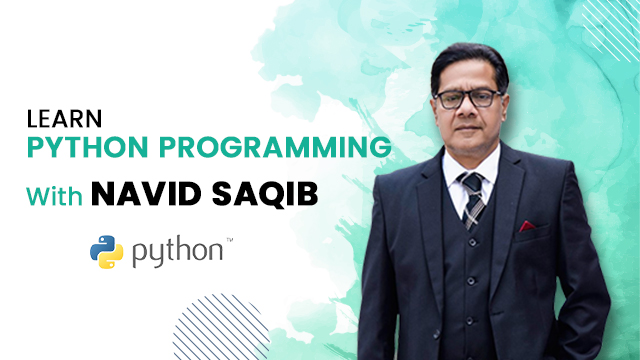Currently Empty: $0.00
Introduction To Syllabus
0/3
Relation of Real Life and Programming
0/7
Stages of Programming
0/14
Dealing with Constructs
0/24
Question Set 3
0/3
Concept of Validations
0/6
Question Set 4
0/2
Data types in programming mirror real-world concepts, each serving distinct purposes.
-
Integer: In programming, integers represent whole numbers without decimals. Just like counting apples, tracking inventory, or recording ages in years. For instance, counting the number of students in a classroom (25), or representing the quantity of items in stock (150).
-
String: Strings are sequences of characters used to represent text. They’re akin to names, addresses, or messages. For example, a person’s name (“John Smith”), an address (“123 Main Street”), or a message (“Hello, world!”).
-
Boolean: Booleans are binary data types representing true or false values, akin to yes or no choices in real life. For instance, indicating whether it’s raining (true) or not (false), or whether a door is open (true) or closed (false).
-
Character (Char): Characters represent individual letters, digits, or symbols. They’re like individual elements in a language or code. For example, the letter ‘A’, the digit ‘5’, or the symbol ‘&’ in a password.
-
Date: Dates represent specific points in time, crucial for scheduling, organizing, and tracking events. Examples include birthdays (e.g., 1990-05-15), appointments (e.g., 2024-05-27), or deadlines (e.g., 2024-06-15).
Understanding these data types helps programmers model real-world scenarios accurately and efficiently within their code.

